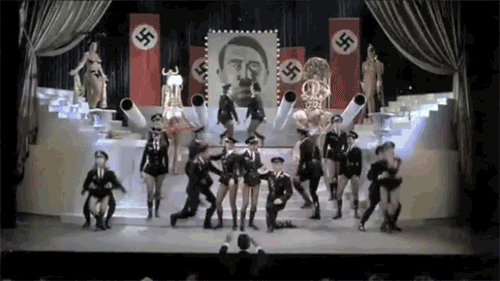Story Telling: Steeve Coombes 3rd Lecture
The story is the significance of the plot. The plot is what happens. The story is how you get there.
The points in your story should not connect with "and then" but instead you should connect plot points with "therefor's" and "but's".
Your characters should have "but's" and twists in their development. e.g. an everyday policeman, but he robs banks.
https://www.blogger.com/blogger.g?blogID=6473802345104068878#editor/target=post;postID=4996865276157719604
You should build up theese character points so that the audience knows the character well enough to try and predict their actions.
There should be a twist that forces your characters to have to adapt or change to their situation. Like a joke, this is the distraction before the punch line.
You should try to keep your audience ahead or behind of the action, based on the information you give them about plot and characters.
However ont be afraid to subvert their expectations of what the charcater will do.
Audiences Love "moments". They tend not to notice character and dialouge etc. if they are distracted by "moments".
Source material for this lecture included Mel Brooks' "The Producers" (1968) and Alfred Hitchcocks "Physco" (1960), and more.

No comments:
Post a Comment